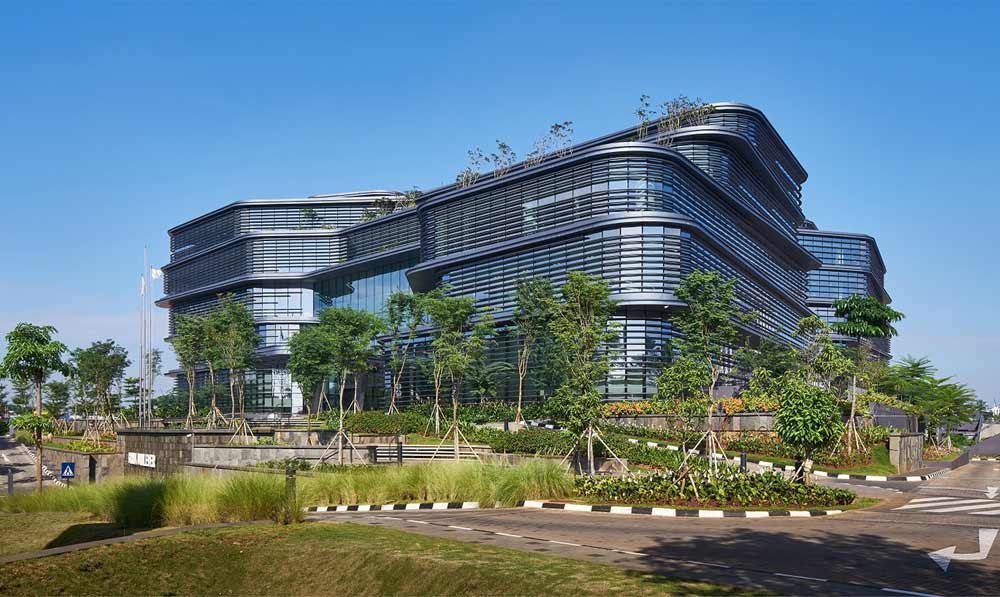Unilever, the multinational consumer goods company, claimed to have saved more than a hundred thousand human recruitment time and more than a million dollars by replacing humans with AI systems.
Unilever is a company that manufactures and distributes more than 400 consumer goods brands covering food and beverages, domestic cleaning products and personal hygiene. It recruits more than 30,000 people a year and receives around 1.8 million job applications.
Available in more than a hundred countries, applicants to Unilever are from all over the world. And finding the right people for the right job by processing a high number of people and candidates require a tremendous amount of time and money.
And here, Unilever is betting big on AI and its machine learning technology.
With so many processes to coordinate and manage, AI is quickly gaining traction in the company, as the technology becomes essential for the organizations of its scale.
The systems Unilever uses, scans job candidates’ facial expressions, body language and word choice, to then check them against traits that are considered to be predictive of job success. The systems can also train employees.

The first, is Unilever's AI-powered recruitment process. Here, candidates are required to play a selection of games that are meant to gauge their aptitude, logic, and reasoning, and appetite for risk.
Behind the scene, machine learning algorithms are used to assess their suitability for whatever role they have applied for, by matching their profiles and credibility against those of previously successful employees.
The second is an AI that reviews videos.
Applicants can submit video interviews, where they are then judged by the AI. Here, the AI examines the videos of candidates who answered questions for around 30 minutes, and through a mixture of natural language processing and body language analysis, the AI can determine which candidate is likely to be a good fit.
This automation is said to have saved the company around 70,000 person-hours of interviewing and assessing candidates.
The software that Unilever uses, was developed by HireVue, and was first trialed in 2017. The system has been used across Unilever’s entire graduate recruitment program, with HireVue claiming that the technology has resulted in a more ethnically and gender-diverse workforce.
According to Unilever's chief of HR, Leena Nair:
"We look for people with a sense of purpose – systemic thinking, resilience, business acumen. Based on that profile, the games and the video interview are all programmed to look for cues in their behavior that will help us understand who will fit in at Unilever."
What's more, the system not only reviews and helps the company find the person for the job, as it is also designed to give feedback to all applicants, even those who aren’t successful.
And after the applicants past the two tests, another AI-driven initiative is launched to help those new employees get started in their new roles. The AI in question helps the new employees adapt to their needed day-to-day routines as well as the corporate culture.
The AI is called 'Unabot', and it specializes in natural language processing. Built using Microsoft’s Bot framework, Unabot is designed to understand what employees need to know and fetch information for them when it is asked.
Unabot was initially rolled out to Unilever employees based in the Philippines.
Previously, companies like Vodafone, Singapore Airlines and Intel have used similar technologies with varying levels of success.